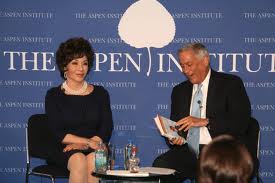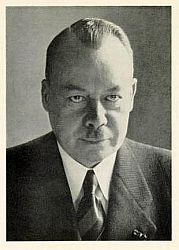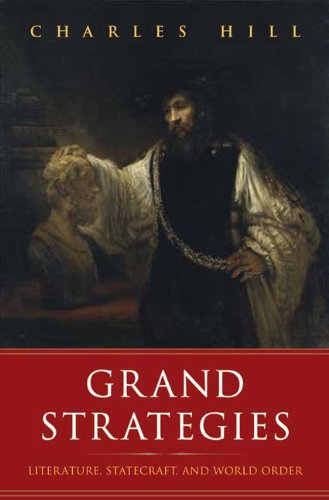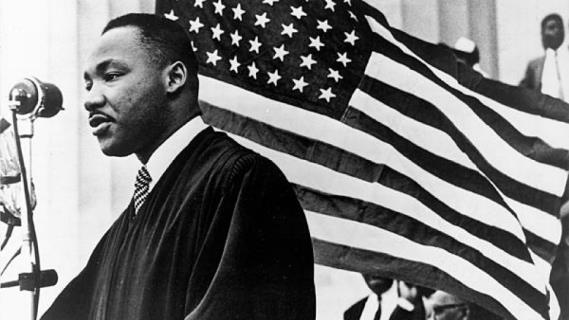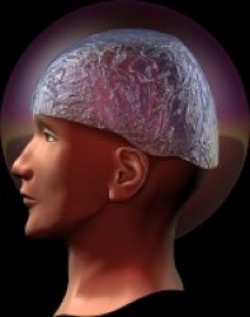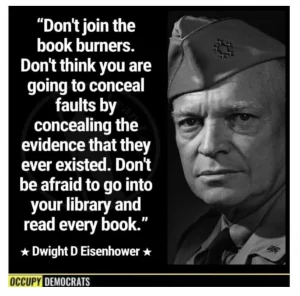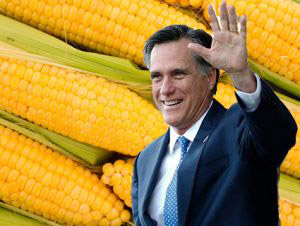Alex Constantine - October 4, 2015
"... The doctor prescribed a medicine-cabinetful of barbiturates and sleep aids (Seconal and Doriden), tranquilizers (Equanil) and “uppers” (Dexamyl), a potentially addictive, mood-altering cocktail that Nixon apparently took throughout the 1950s and possibly thereafter. ... At the height of the Cold War, both the president and the vice president could easily have been simultaneously incapacitated, leaving no one responsible for governing. ..."
SUNDAY BOOK REVIEW|‘The President and the Apprentice: Eisenhower and Nixon, 1952-1961’
Dr. Martin Luther King Jr., someone who unquestionably understood charisma, considered Vice President Richard Nixon “one of the most magnetic personalities” he had ever encountered. “When you are close to Nixon,” King observed in 1958, “he almost disarms you with his apparent sincerity.” But King also worried that there might be a hidden duality to Nixon, or worse, a facade. If the vice president was actually insincere, King warned, he could be “the most dangerous man in America.”
Nixon’s vice-presidential years are arguably the least well known of his long political career. It has been over 20 years since Stephen Ambrose wrote the first and until now only major book to focus on Nixon’s vice presidency. Much has since been released about the Eisenhower administration, and Ambrose’s own research methods have been called into question. But the reason Nixon’s activities between 1952 and 1961 are comparatively little understood also relates to a problem inherent in studying vice presidencies. Big decisions emanate from the White House, not the vice president’s office (though Dick Cheney may have broken the mold). Furthermore, the most influential vice presidents know to keep their advice confidential.
With the publication of “The President and the Apprentice,” Irwin F. Gellman hopes to fill that void. He is a prodigious researcher, who made his name with fine books on Franklin Roosevelt’s Cuba policy and on Sumner Welles. “The Contender,” his first book on Richard Nixon, covered the congressional years, and made the case that other historians had missed the Nixon behind the redbaiting.
In this long-awaited second volume, Gellman continues trying to set the record straight. He sees far less animosity in the peculiar political marriage between Nixon and Dwight Eisenhower than did Jeffrey Frank in his elegant and indispensable “Ike and Dick.” Gellman agrees with most historians that Eisenhower was prepared to drop Nixon from the ticket in 1952 over allegations about a secret fund set up by Southern Californian businessmen. Gellman, who has found the notes Eisenhower made while watching Nixon give the so-called Checkers speech, concludes that the general gained new respect for his running mate. Persuaded that Nixon was being honest, and impressed by his savvy and political courage, Eisenhower started to groom him for the presidency.
Although Nixon is clearly the “apprentice” of the title, what Gellman describes is more like a symbiotic relationship. Young enough to be Eisenhower’s son, Nixon traveled around the world for the president, serving as his eyes and ears. Presidential cynicism played a role in these assignments. Eisenhower exploited Nixon’s unassailable anti-Communist credentials to defend his policies abroad. At home, Eisenhower used Nixon to rally the Republicans’ restive right-wing base, occasionally wincing when Nixon verged on charging Democrats with treason but never ordering him to curtail his Reds! Reds! Reds! roadshows.
In a fascinating chapter on Nixon’s health, Gellman breaks new ground in understanding the man. Nixon’s trusted doctor Arnold Hutschnecker turns out to have been a Dr. Feelgood. Starting in 1952, Nixon sought help from Hutschnecker for a series of stress-induced ailments, and the doctor prescribed a medicine-cabinetful of barbiturates and sleep aids (Seconal and Doriden), tranquilizers (Equanil) and “uppers” (Dexamyl), a potentially addictive, mood-altering cocktail that Nixon apparently took throughout the 1950s and possibly thereafter. We can now reconcile assertions by Nixon’s defenders that he drank little with evidence of strange late-night calls, slurred words and incoherence. As Gellman writes, “At the height of the Cold War, both the president and the vice president could easily have been simultaneously incapacitated, leaving no one responsible for governing.”
Like many Nixon scholars, Gellman believes that there were two Nixons. His private Nixon was a thoughtful pragmatist. The demagogy was political theater. “Nixon,” Gellman writes, “the inflexible anti-Communist in public, was far more flexible in private.” Unfortunately, instead of reflecting on the consequences of Nixon’s cynical use of anti-Communist rhetoric for the country, Gellman focuses on the cost to Nixon’s reputation. Had historians and the news media been allowed to sit in on Eisenhower’s national security meetings, he argues, they would have seen the real, nonideological Nixon. Nixon’s crowning foreign policy achievement, the opening to China a decade later, would not then have so shocked Nixon watchers. “The roots of Nixon’s thinking about East Asia,” he asserts, “go back to his vice presidency.”
Gellman’s case for Nixon’s foreign policy pragmatism this early on is not persuasive. There is nothing in the book to suggest that Nixon was inclined to think a two-China policy possible. Nixon returned from a 1953 meeting with the Nationalist Chinese leader Chiang Kai-shek singing his praises, despite the fact that the delusional Chiang was lobbying for support of a 600,000-man army to invade the mainland and topple Mao. More important, Gellman tends to play down the scattered but unmistakable evidence that Eisenhower and Nixon disagreed on how cold the Cold War should be. Eisenhower, for example, wanted to expand East-West trade as a way of forcing the Soviets to be better players in the game of nations; Nixon thought this a bad idea. Nixon favored American armed intervention to help the French win their war in Indochina in 1954. Eisenhower wisely disagreed. In sum, when Eisenhower deviated from hard-line Cold War policies, at least in his first term, Nixon was uncomfortable.
It is on the explosive issue of race where pragmatism may be the best explanation for Nixon’s vice presidency. Nixon was Eisenhower’s personal representative to the civil rights community, and “The President and the Apprentice” provides a thorough accounting of his activities. Gellman rightly points out that the Eisenhower administration’s record on civil rights was as significant as the Truman administration’s. And Nixon was comfortable among African-Americans to an extent not shared by Eisenhower or Truman. African-American leaders like King took notice.
Gellman is convinced that Nixon was a sincere advocate of civil rights. “Fighting for racial justice,” Nixon wrote privately in 1958, “is for me a moral as well as a legal obligation.” As a result, Gellman sees Nixon as unfairly tarred with racism. “During my 20 years of Nixon research,” Gellman says, “I have not found him uttering any racial slurs.” He then cites another scholar, Luke Nichter, to demonstrate that even on the infamous tapes, where Nixon revels in using every other dirty word, the N-word does not escape his lips.
People of good faith can debate whether in fact they hear that word on the often muddy recordings, but racism is not exclusively the use of an epithet. In two chilling conversations with Daniel Patrick Moynihan in October and December 1971, Nixon discussed the implications for federal social policy of “science” allegedly showing that the Negro race was genetically inferior. Nixon, at least as president, believed that race largely determined I.Q.
Although Gellman’s research is extensive and his work on Nixon’s well-being is essential reading, this book is like a feast that leaves one hungry. A bit too quick to distance himself from the most single-minded of Nixon’s critics, Gellman provides an equally simplistic theory for what lay behind the actions of a publicly loyal vice president. His Nixon is a little bland: loyal, eager and, though politically cynical, deeply misunderstood. As vice president, Nixon clearly did not have the power to be “the most dangerous man in America.” That power would come later.
THE PRESIDENT AND THE APPRENTICE
Eisenhower and Nixon, 1952-1961
By Irwin F. Gellman
Illustrated. 791 pp. Yale University Press. $40.
Timothy Naftali, clinical associate professor of history and public service at New York University, is the founding director of the federal Richard Nixon Presidential Library and Museum.
A version of this review appears in print on September 13, 2015, on page BR26 of the Sunday Book Review with the headline: Unlike Ike.
